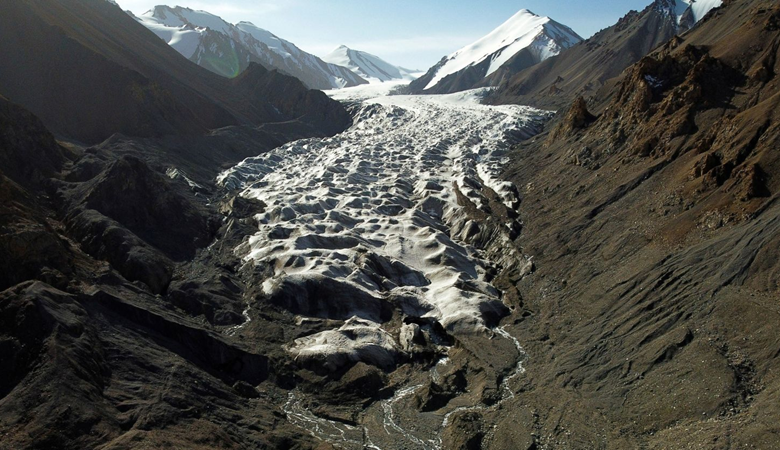China’s glacier area shrinks by 26% over six decades due to global warming
News Mania Desk / Piyal Chatterjee / 28th March 2025

Since 1960, China’s glacier area has decreased by 26% because of rapid global warming, leading to the complete disappearance of 7,000 small glaciers and an intensification of glacial retreat in recent years, according to official data released in March.
According to a UNESCO report, glaciers worldwide are vanishing more rapidly than ever, with the most significant loss of glacial mass recorded occurring in the past three years.
Environmental groups have cautioned that the ongoing reduction of vital water towers will likely lead to decreased freshwater availability, resulting in increased competition for water resources. The retreat of glaciers also introduces new disaster hazards.
China’s glaciers are primarily found in the north and west parts of the nation, particularly in Tibet and Xinjiang, along with the provinces of Sichuan, Yunnan, Gansu, and Qinghai.
Information released on March 21 on the site of the Northwest Institute of Eco-Environment and Resources of the Chinese Academy of Sciences revealed that China’s total glacier coverage was about 46,000 square kilometers, encompassing approximately 69,000 glaciers in 2020.
This is in contrast to approximately 59,000 square kilometers and roughly 46,000 glaciers in China from 1960 to 1980, according to the study. To protect its vanishing glaciers, China has implemented technologies such as snow blankets and artificial snow systems to slow down the melting.
The Tibetan plateau is referred to as the world’s Third Pole due to the vast quantities of ice that have been frozen in the high-altitude wilderness. The significant ice melt, spanning from the Arctic to the Alps and from South America to the Tibetan Plateau, is predicted to speed up as climate change, driven by fossil fuel combustion, raises global temperatures.
According to the UNESCO report, this would probably intensify economic, environmental, and social issues globally as sea levels increase and these essential water sources decrease.






